How We Grade Our Woods
14 Sep 2017
PRS and maple wood have had a long relationship that began in the late 1970’s when Paul began using unique and highly figured maple on his earliest instruments for artists like Carlos Santana and Al Di Meola.
While many of our designs and processes have been tweaked over the years, our love of maple has not wavered.
Check out the story below to see how our use of maple began, and how exactly we grade our maple tops.
THE HISTORY

When Paul began building his first custom guitars in the 1970's, he had a lot of decisions to make. What would the guitar's body shape be, what inlays, what hardware and types of woods will he use?
Paul realized that he had a choice to make, he could either "use the woods that history and all the guitar makers that he respected used, or spend 10 years experimenting." At the onset of his business, he knew he didn't have the 10 years to experiment, so he worked with the woods he learned from, and set out to perfect the process.
Now in our 32nd year of business, Paul has had plenty of time to experiment with a multitude of wood variations, but he hasn't changed his mind, over 90% of the guitars leaving our factory today feature figured maple tops. Even Paul's personal guitar used in his band has, you guessed it, maple.

In the earliest days of the company, PRS had no system of grading tops, the top you received was the luck of the draw. Soon customers started calling and asking Paul and the team to "pick out an extra special one" for them. It was around that time that the decision was made to sort out or "grade" our maple based on its figuring.
HOW WE GRADE OUR WOODS
PRS has four main classifications for our curly maple, in ascending order they are as follows:
- Regular or "non-10"
- 10-Top
- Artist Package
- Private Stock

Before we dive-in to exactly how we grade these woods, first let's look at the process all of our maple wood must go through after we unload it from our trucks.
Many woods like mahogany arrive to our factory in long board lengths, sometimes in board lengths of 20 ft or more. However, most maple comes palletized and cut roughly to our specs. First we check the wood for its moisture level using a meter.

Our rough cut team will then trim the wood (if necessary) to the size we need it to be. Once it is correctly sized, the wood will be graded depending on its level of figuring. Woods of similar grade will be placed together on pallets and the sides of the wood spray-painted to denote its classification.

Most woods air dry for weeks in our factory until they are moved over to our hot rooms (100+ degrees) where we aim to remove as much moisture from the wood as possible. After the water leaves the wood, it will naturally acclimate and stabilize to the humidity and temperature of our factory, about 50 percent relative humidity and 70 degrees Fahrenheit.

Now we're ready to make a guitar!
To understand exactly how we grade our tops and the differences in their appearance, check out the video below!
--
To order your PRS, pick out your grade of maple top and contact your dealer today!

